The first cartoon is by Adolf Born
 Frank Modell for The New Yorker
Frank Modell for The New Yorker
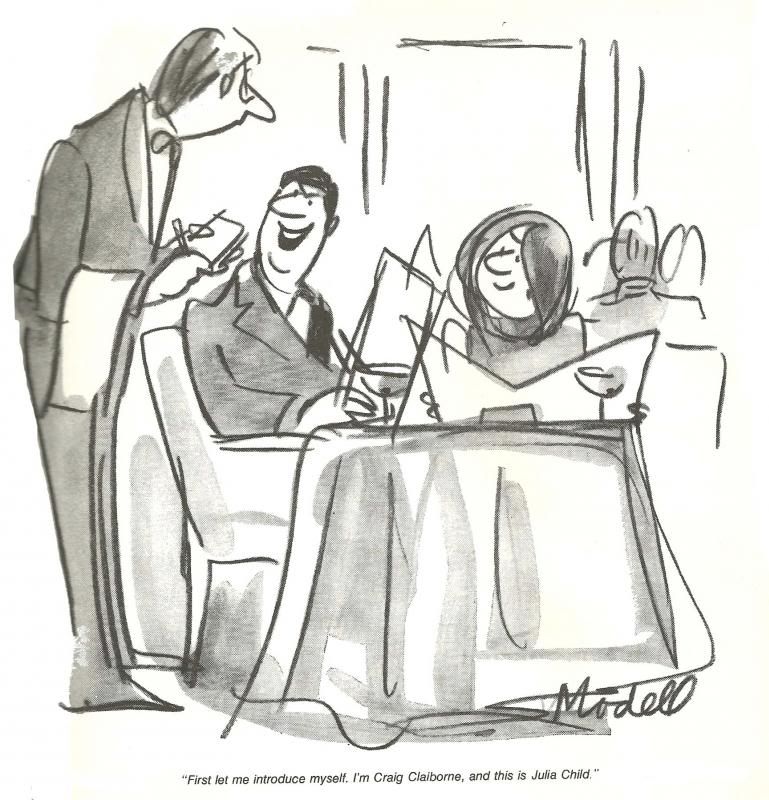 Charles Saxon for The New Yorker
Charles Saxon for The New Yorker
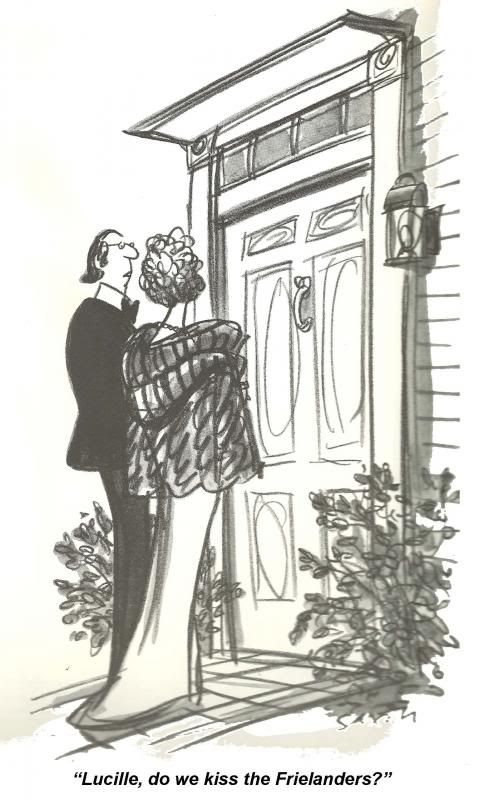 Adolf Born for Dikobraz
Adolf Born for Dikobraz
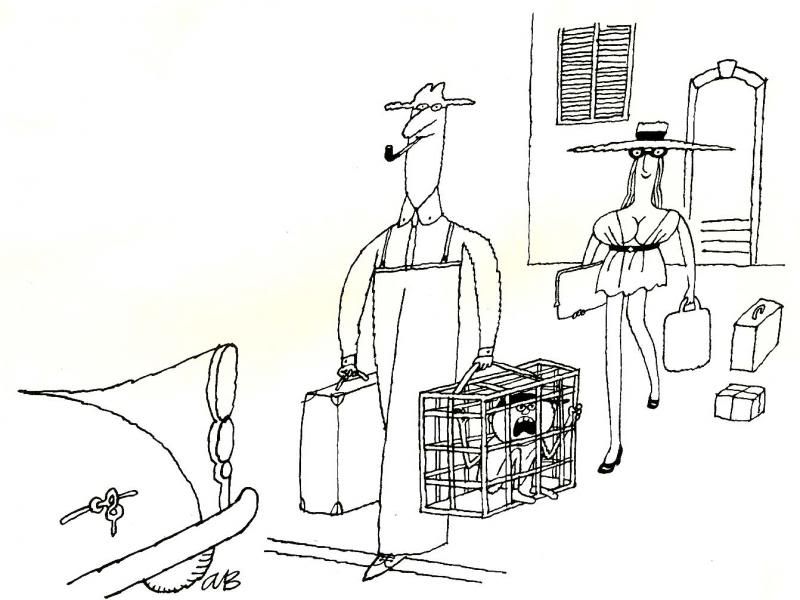 Miroslav Barták for Dikobraz
Miroslav Barták for Dikobraz
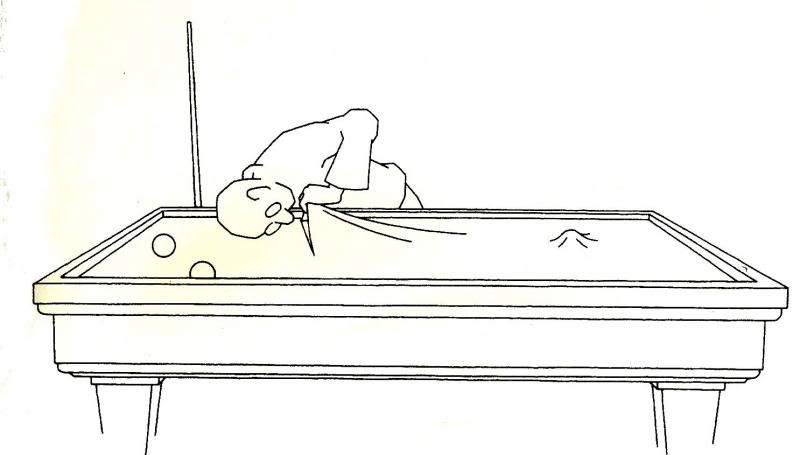 Michael Ffolkes
Michael Ffolkes
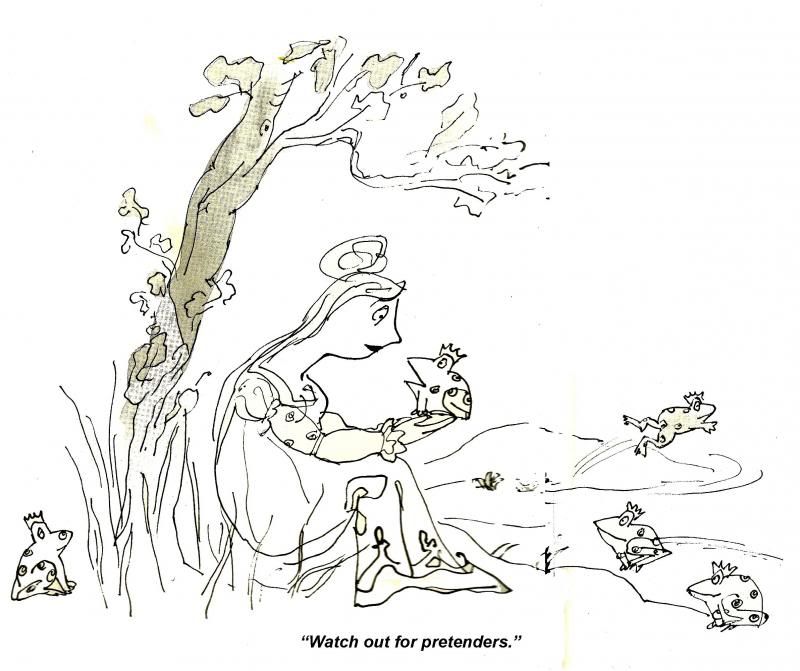 Ton Smits
Ton Smits
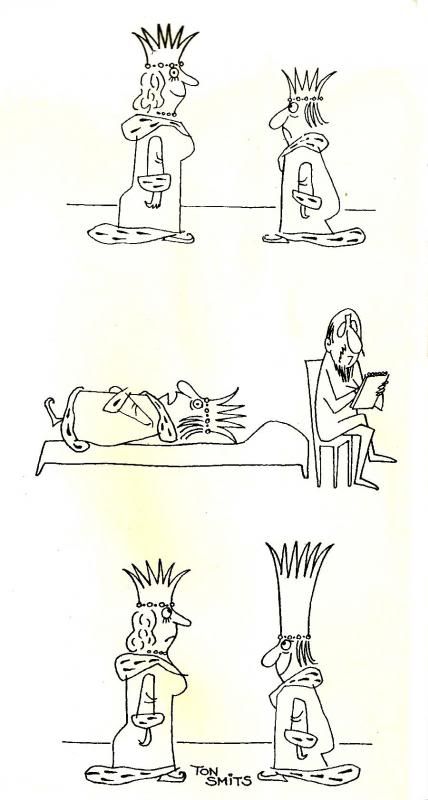 Robert Day
Robert Day
 The next two are by Jerszy Filsak for Szpilki
The next two are by Jerszy Filsak for Szpilki
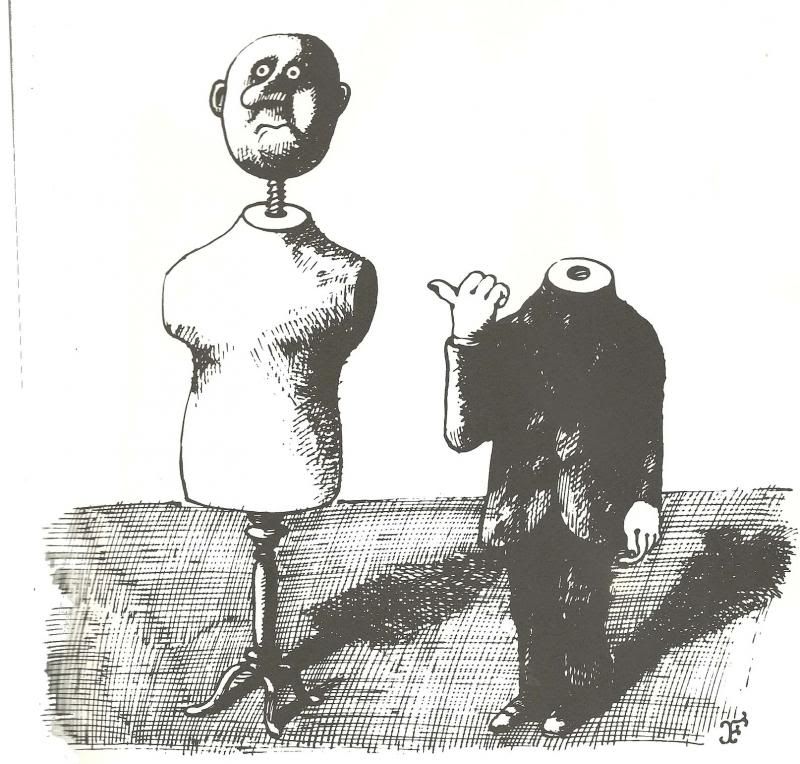
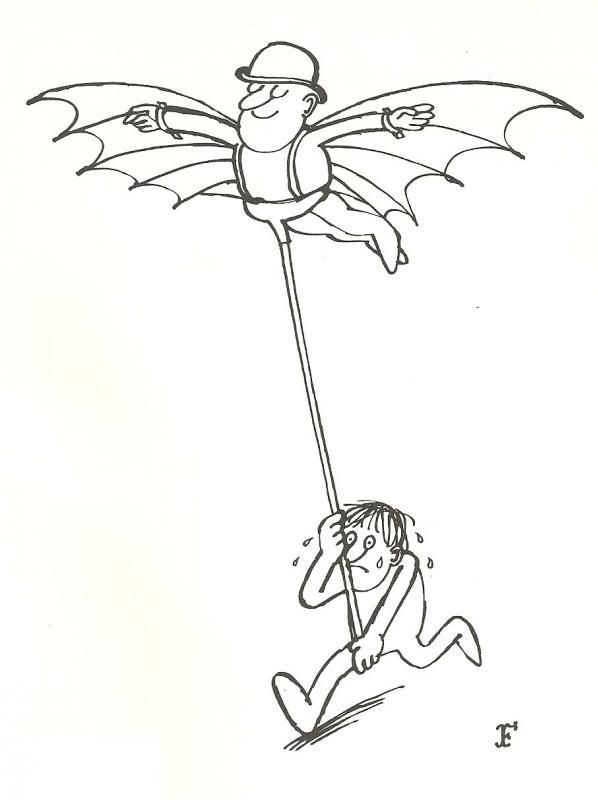 Jules Stauber
Jules StauberUpdate: Photobucket declared the cartoon below to be obscene.
 Two more from Michael Ffolkes in Punch
Two more from Michael Ffolkes in Punch
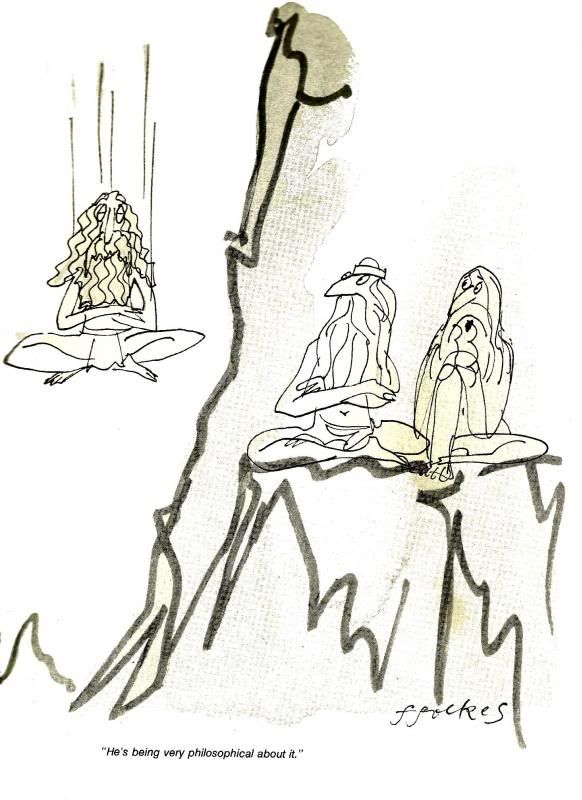
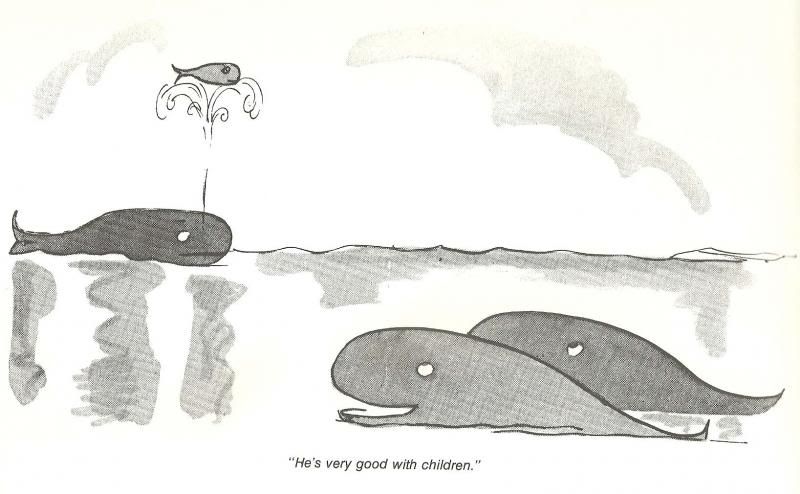 Here's the first part of the introduction by editor John Bailey:
Here's the first part of the introduction by editor John Bailey:: The general public only has a hazy notion of the life of a cartoonist. Last week a man asked me how much a cartoonist gets for a cartoon. “Two or three dollars?” he hazarded. Yesterday, a cartoonist told me he is thinking about buying a castle, so it must be more than that.
A cartoonist takes some hard pains to remove the appearance of hard work from his drawing. The finished product has a look of ease. In fact, some of the most successful cartoons look so easy that the reader is under the impression he could do it himself. It is this that leads some readers to ask cartoonists what they do for a living.
When an audience is told too plainly that is going to be made to laugh, the reaction is apt to be “Is that so?” or “We'll see.” Everything must seem casual. The manner of a cartoonist's drawing can be compared to the delivery of a comedian, which is aimed at removing resistance to laughter
More from this book and this introduction next Saturday.











































































No comments:
Post a Comment